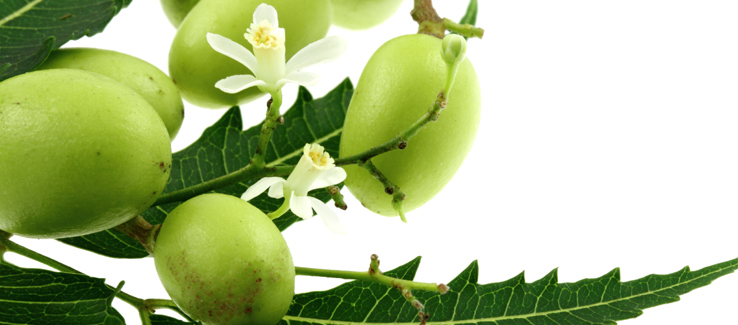Neem Tree Information and Uses
The neem tree may be the answer to your health and wellness needs. For centuries, the neem tree has been an essential part of life, health, and culture in both India and Asia.
The neem tree (Azadirachta Indica) is one of nature’s most versatile plants, and is best known for its highly effective insecticidal oil. However, as every part of the tree is used in different ways, there’s a lot to discover about this fascinating species.
In this article, fasttreeremovalatlanta.com looks at the neem tree’s species information, and gives you valuable insight into how the tree and its oil is used in agricultural, pharmaceutical, and cosmetic industries.
Neem Tree Leaves, Flowers, and Fruit Information
Neem trees are a part of the mahogany family, and relative to the chinaberry, of which it is very similar in appearance.
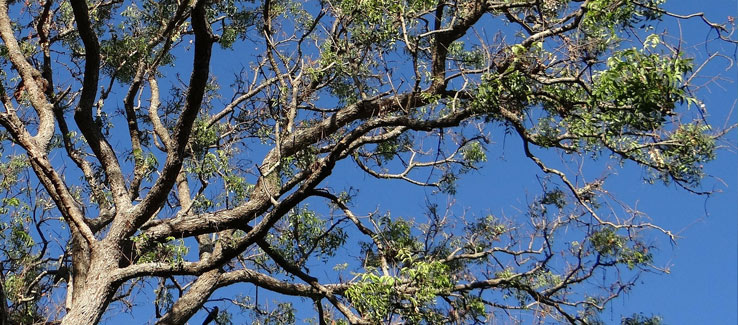
This fast-growing evergreen has wide branches which fan out to form a fairly dense and rounded crown which can span to over 80 feet in diameter. The average height of a neem tree at maturity is 50 – 65 feet with a maximum height of up to 130 feet.
Neem is native to the Indian subcontinent and thrives in areas with sub-arid to sub-humid conditions. While the tree is evergreen, during periods of severe drought, neems are known to drop most or nearly all of their foliage.
The tree bears fruit after 3 to 5 years of growth and reaches full productivity after 10 years, producing an annual harvest of up to 220 pounds of fruit per tree. A neem tree in its optimal growing environment can live for more than 200 years.
Neem leaves are from 8 to 15 inches long with pinnate green leaflets from 1 to 3 inches long and with short petioles. Due to its bitterness, neem foliage is rarely grazed by animals, they will only resort to it when no other vegetation is available.
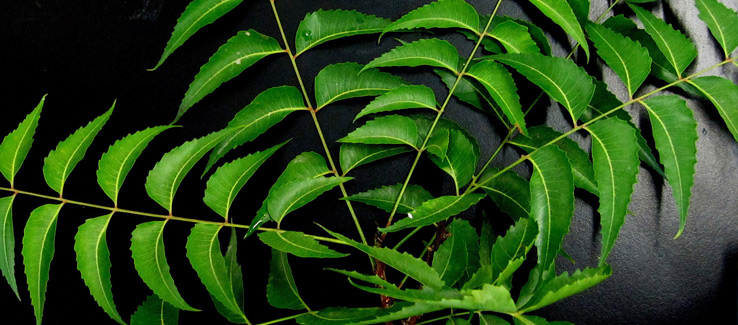
The tree’s white fragrant flowers give way to an olive-like green fruit with a yellowish bittersweet pulp surrounding an inner shell with one (rarely two or three) seeds enclosed.
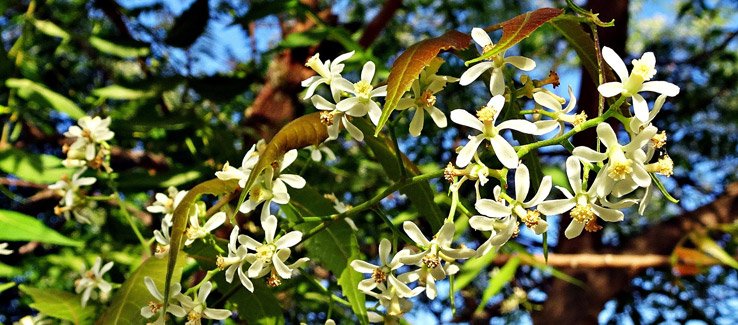
What Is Neem Good for?
Every part of the neem tree – from the bark and leaves to the roots, fruit and seed – serves a purpose.
The Whole Tree:
Being in the mahogany family, neem is prized timber for furniture and cabinet making.
From the Bark:
Neem bark has been utilized by Asian and Indian cultures for centuries as an insecticide, an antibacterial, and even as a spermicide. For its antibacterial properties, it has been used to treat:
• Acne
• Infected wounds
• Ringworm
• Eczema
• Psoriasis
• Warts
From the Leaves:
• Powdered leaves are a component of some facial creams.
• Decomposing leaves and twigs are commonly mixed with soil and used as fertilizers.
• Neem leaves are also used as a very effective mulch.
• Some of the medical applications of neem leaves that are used in Eastern culture include treating: leprosy, fever, intestinal worms, upset stomach, skin ulcers, diabetes, gum disease, liver problems, eye disorders, and much more.
From the Roots:
With its significant antioxidant properties, neem root bark has shown promising laboratory results in the fight against diabetes and is commonly used together with the leaves to treat the above mentioned. Read more at https://www.ncbi.nlm.nih.gov/pmc/articles/PMC4791507/
From the Fruit and Seed:
While neem oil can be extracted from other parts of the tree, it is the fruit and seed that are dried, crushed, and used in mass production. Some applications of neem oil are:
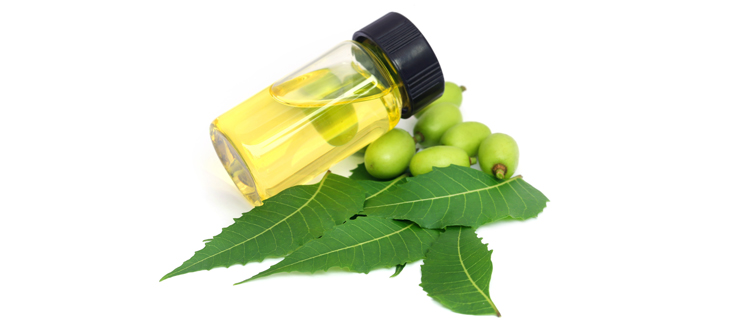
• Mosquito repellant
• Lotions
• Anti-fungal foot creams
• Antioxidant replenishing tea
• Machinery lubricant
Neem Oil Insecticide Benefits
Azadirachtin is the prevalent active ingredient in neem oil, and for centuries, this oil has been used in India as a natural insecticide.
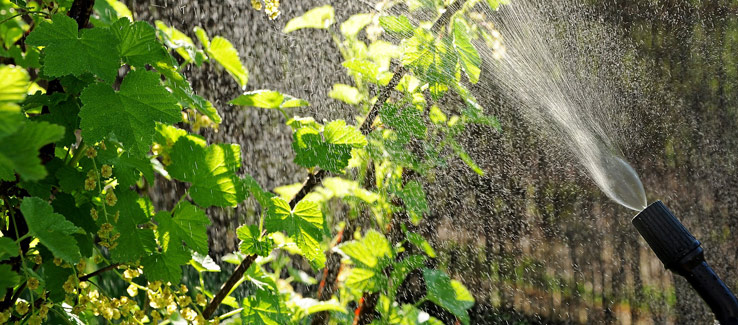
Neem oil works as both a growth regulator and a feeding deterrent.
As a growth regulator, immature insects, after contact or ingestion of the oil, have their molting process disrupted.
As a feeding deterrent, damage to the treated tree or plant is significantly reduced due to its repelling adult insects.
Insects that can be controlled with the use of neem oil include:
• Leaf Miners
• Weevils
• Aphids
• Caterpillars
• Beetles
• Whiteflies
• Squash bugs
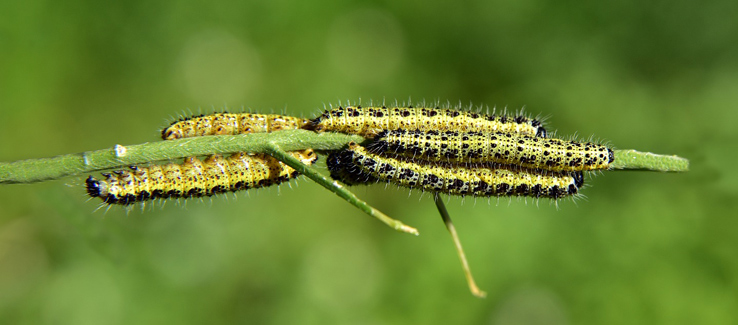
While neem oil works well to control pests, it is much more effective as a deterrent. As with all insecticides and pesticides, read the label and follow the application instructions.
People Also Ask
Q: Is Neem Toxic?
A: To mammals, birds, bees, and vegetation, neem oil is virtually non-toxic. The component “Azadirachtin” found in the oil can be moderately toxic to marine life.
Q: What Is Neem Used for?
A: While neem in western culture is more recognized as an insecticide or insect repellent – eastern culture has been utilizing all parts of the tree to treat a wide range of afflictions ranging from diabetes and cardiovascular disease, to fungal infections and even as a contraceptive.
Q: What Bugs Does Neem Oil Kill?
A: Neem oil insecticides kill or repel gnats, moths, termites, aphids, cockroaches, whiteflies, beetles, squash bugs, nematodes, snails, mosquitoes, scale, other bugs. Neem insecticides are very effective and will kill some insects, disrupt the molting (growth) process of others, and repel adult insects with its bitter taste.
Neem Tree Benefits for Everyone
The benefits of neem are almost overwhelming. As this tree has practical applications from its roots to its leaves, neem trees are now being grown in hot and arid locations around the globe for research, practical application, and harvesting.
In this article, you discovered how the neem tree species looks and grows, how its oil is applied in insecticides, its medicinal uses, uses in cosmetics, and even as lubrification for machinery.
As research continues into the versatility of the neem tree and its byproducts, we are quickly learning that this species may indeed be one of the most beneficial trees to human health and wellness.
Sources:
https://cals.arizona.edu/yavapai/anr/hort/byg/archive/neem.html
http://blog.press.princeton.edu/2018/05/24/plants-that-kill-neem-tree/
https://www.nap.edu/read/1924/chapter/9
(404) 220-9965

